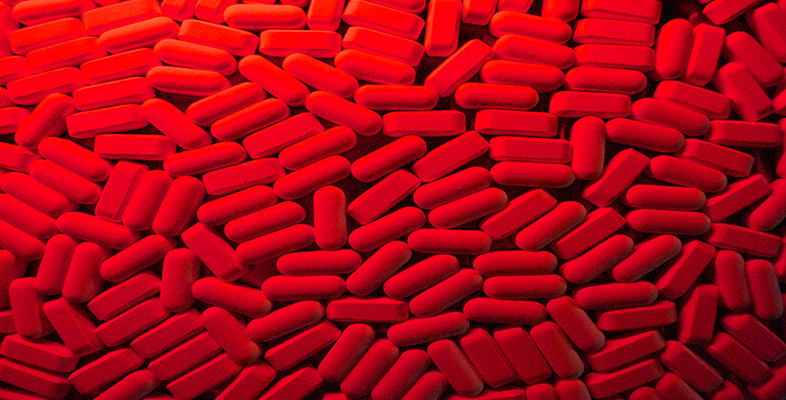2.4 NSAIDS
You will already have covered the introduction to pain, earlier in the course, and briefly examined the role of steroids and opioids in controlling pain and inflammation. This part of the course focuses on the physiology of the inflammatory response and how it can be controlled.
Inflammation is the physiological response of the body to tissue damage, whether brought about by infection, irradiation, physical impact, or a malfunction of the immune system. Inflammation, therefore, is not a disease or illness in its own right but a defensive reaction to a problem. When properly deployed, such defences contribute to the healing process; if inappropriately deployed, they can exacerbate the illness. It is for these latter situations that anti-inflammatory drugs are commonly prescribed.
Most of us will have taken an anti-inflammatory drug at some time in our life. Probably the best known drug in this class, and certainly the most widely used in the 20th century, is aspirin, which was introduced into medicine in 1898. A similar, though more selective, drug is ibuprofen, which was first made available commercially in the 1960s.
Ibuprofen was the prototype of an array of ‘profen’ anti-inflammatory drugs, which, together with an increasingly wide variety of drugs with a similar mode of action but a diverse range of molecular structures, have come to be classified as non-steroidal anti-inflammatory drugs (NSAIDs). This classification clearly distinguishes them from corticosteroids, the other major class of anti-inflammatory drugs that has already been studied.
Regardless of the type of drug taken or the illness being treated, all anti-inflammatory drugs have a molecular mechanism of action that interferes with one or more steps in the diverse range of biochemical processes that constitute the inflammatory response.
